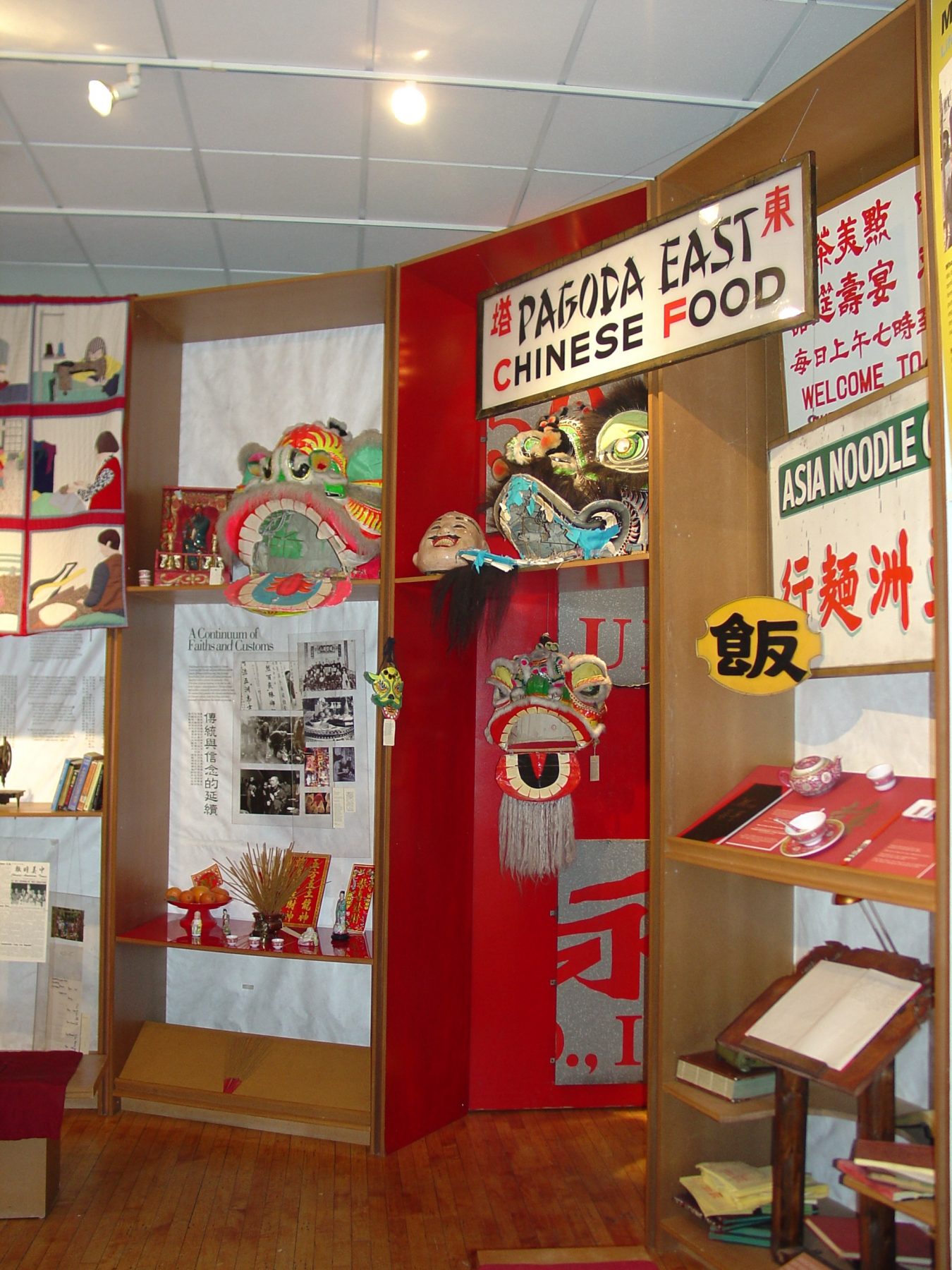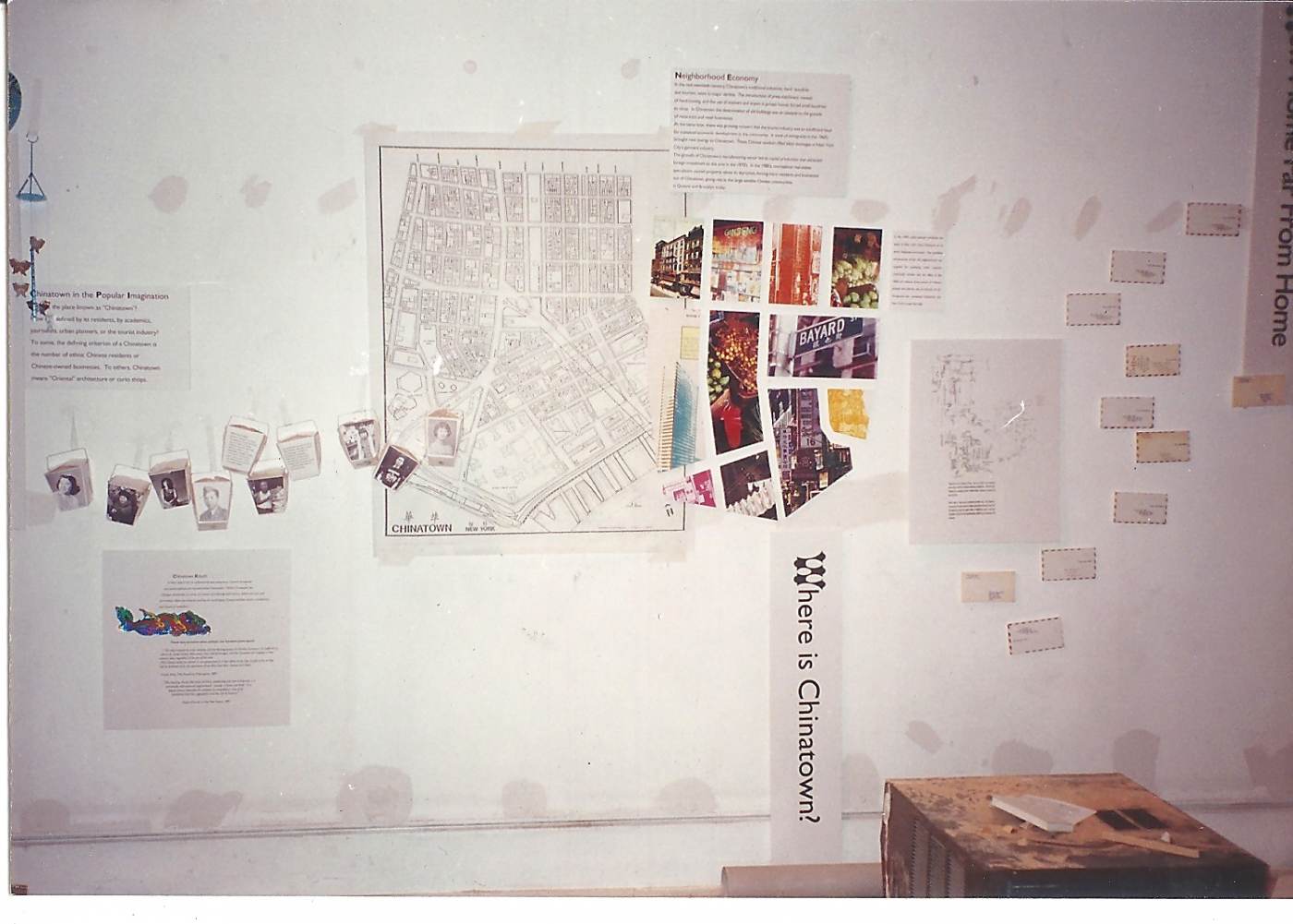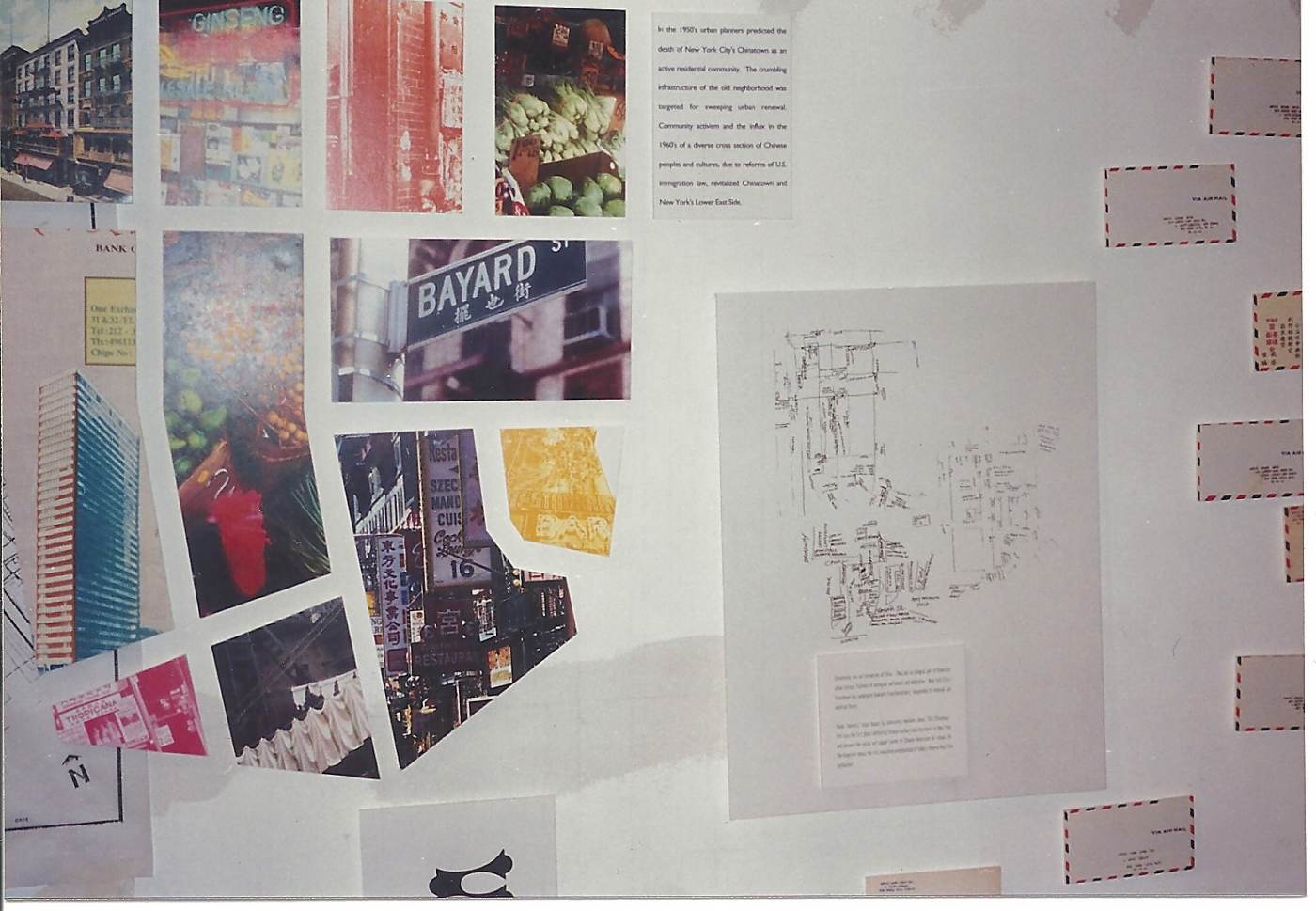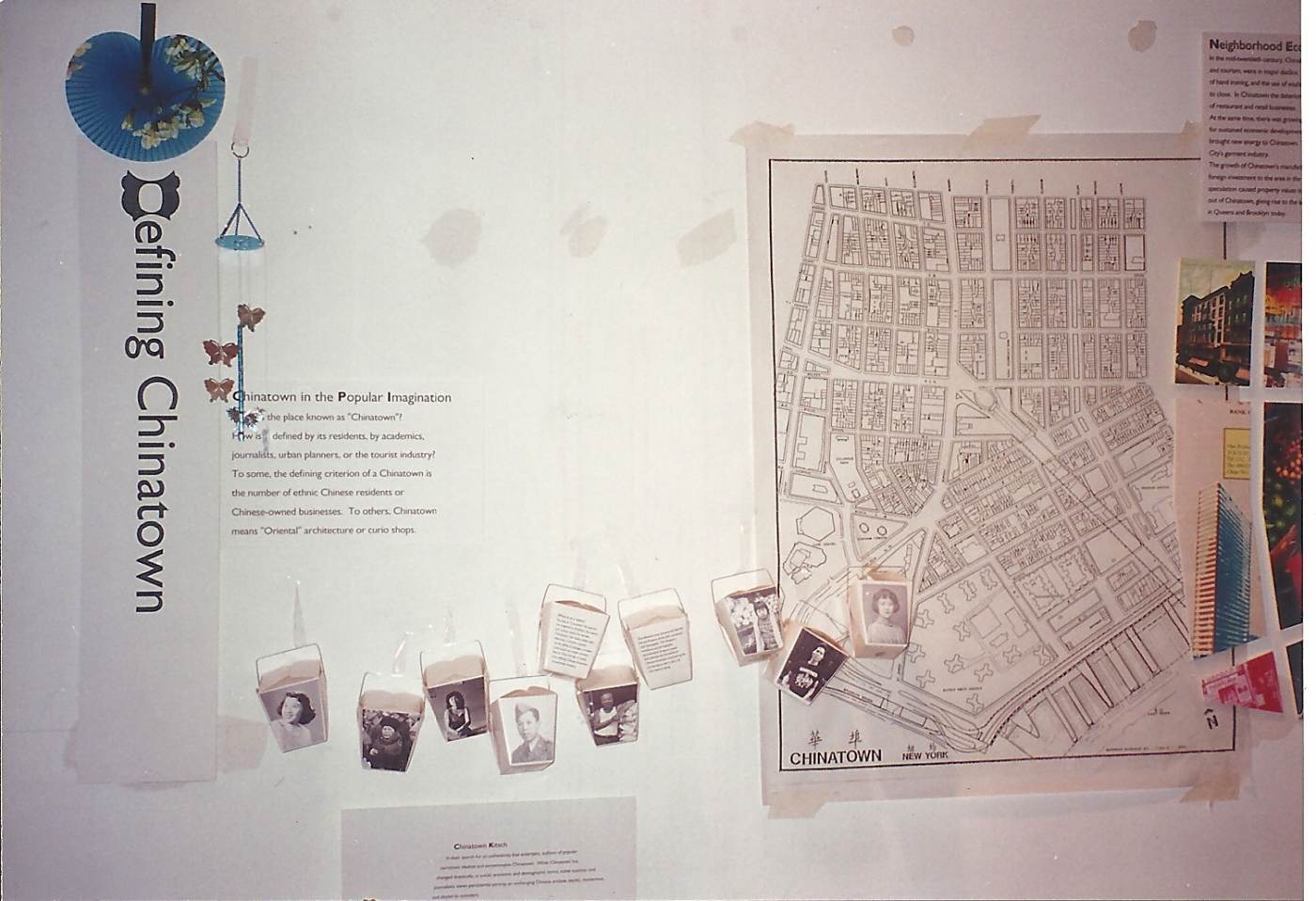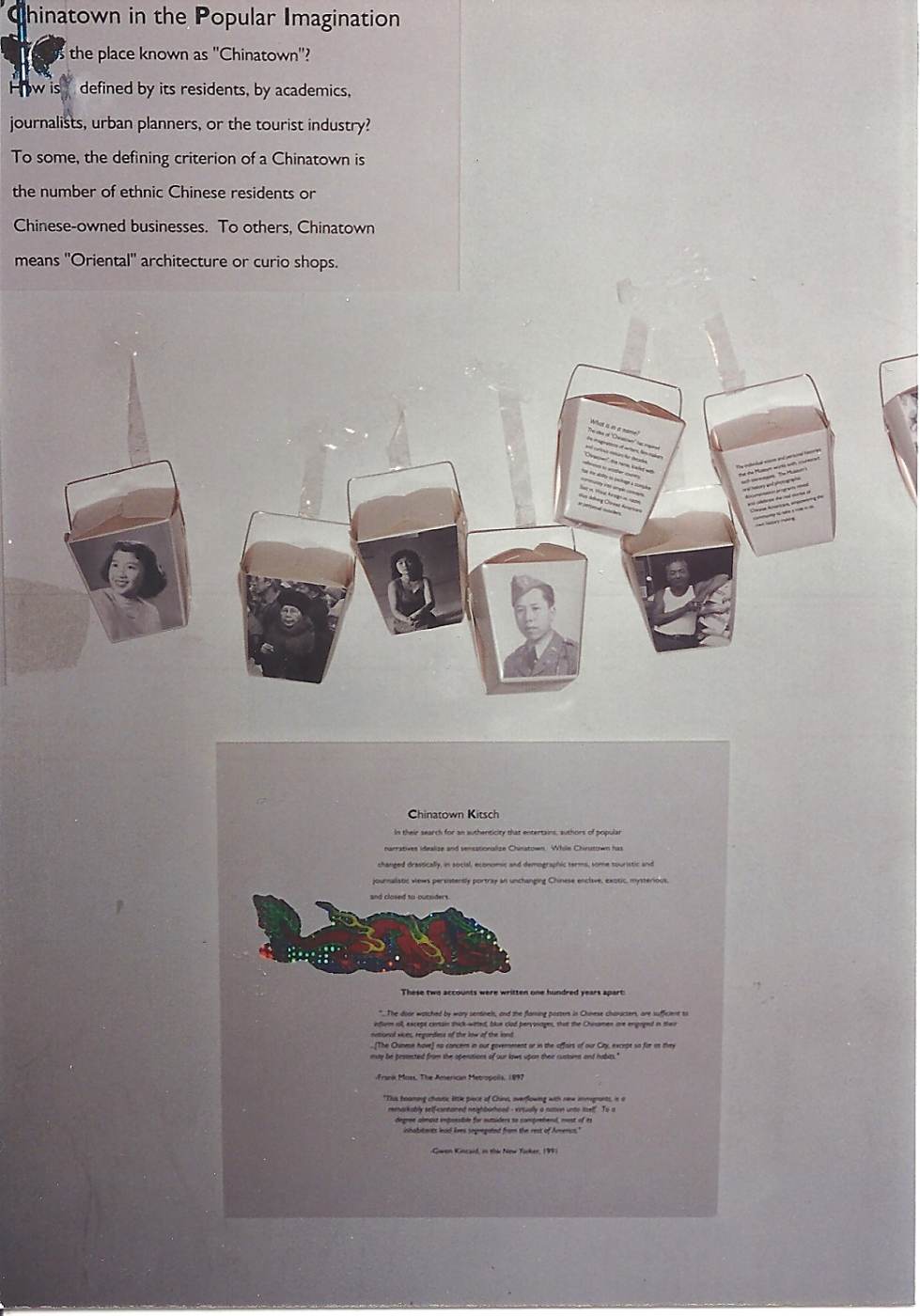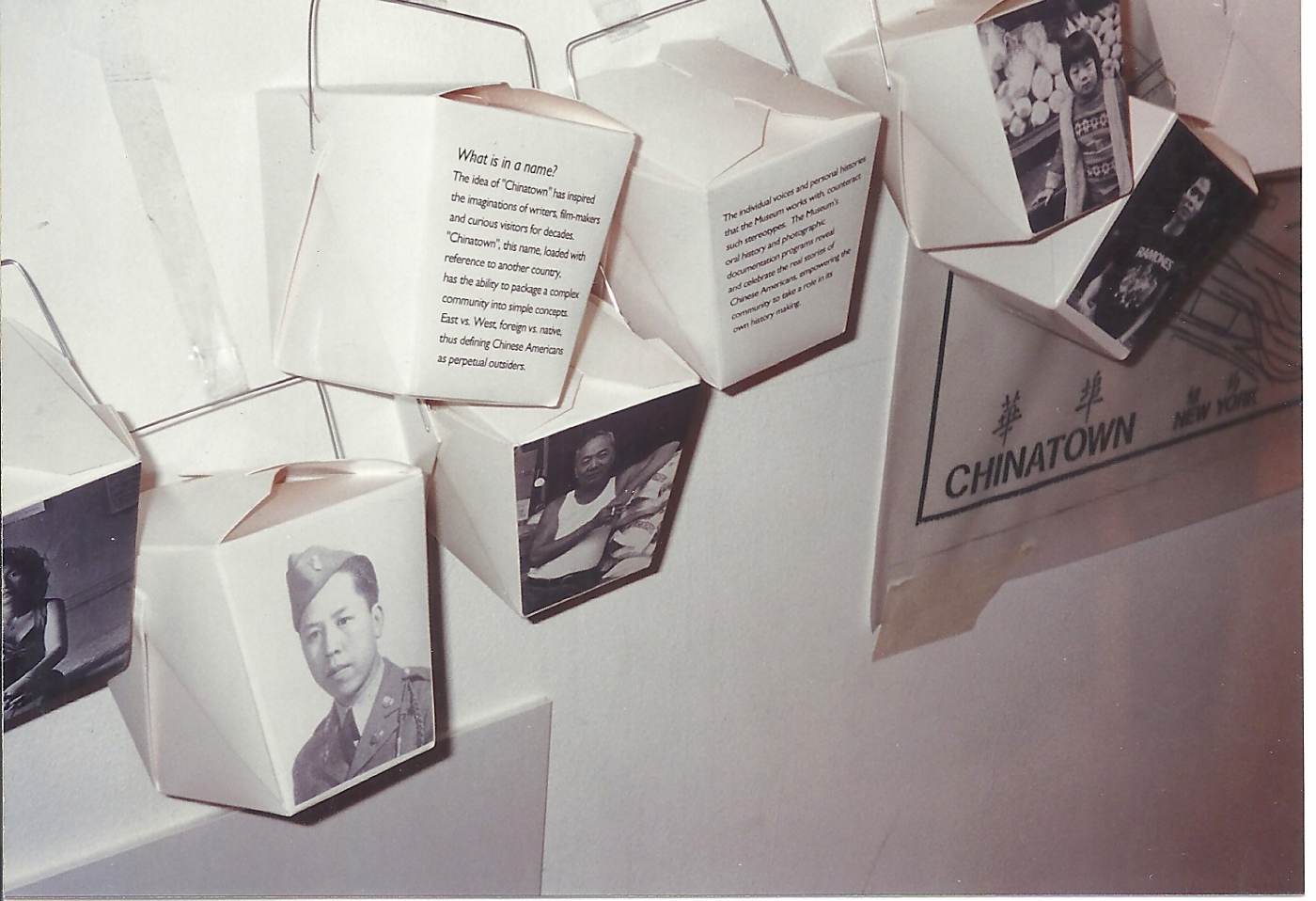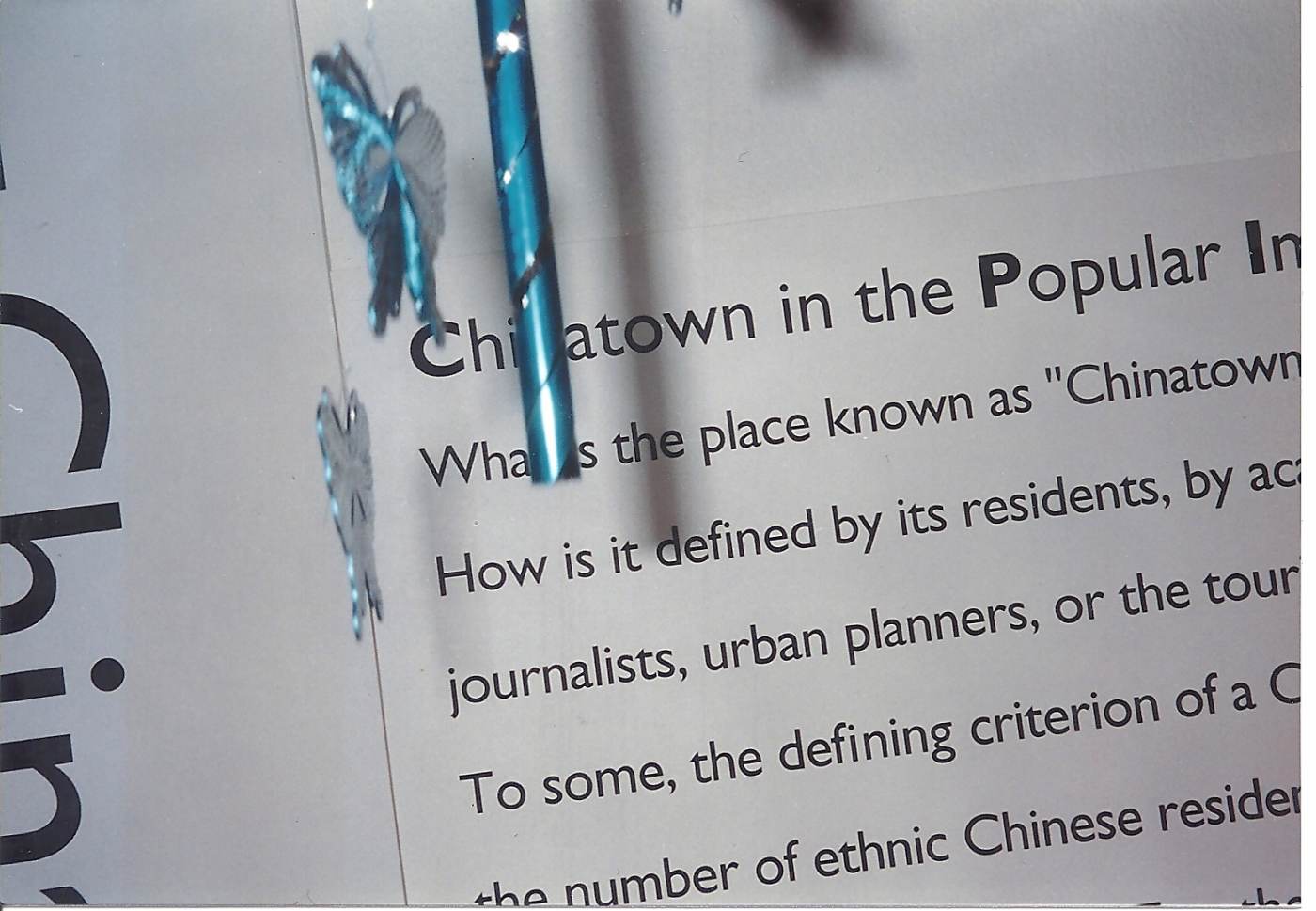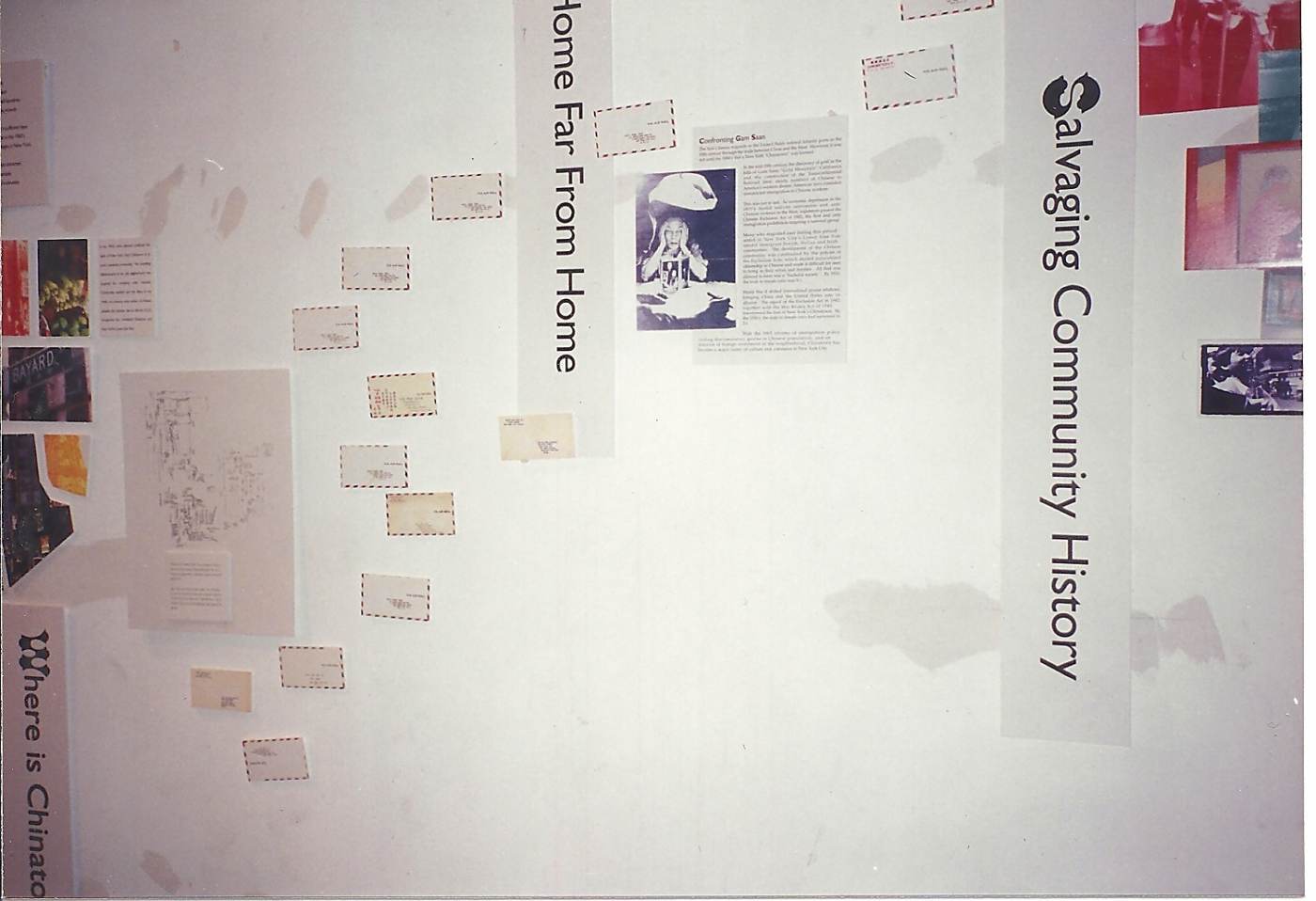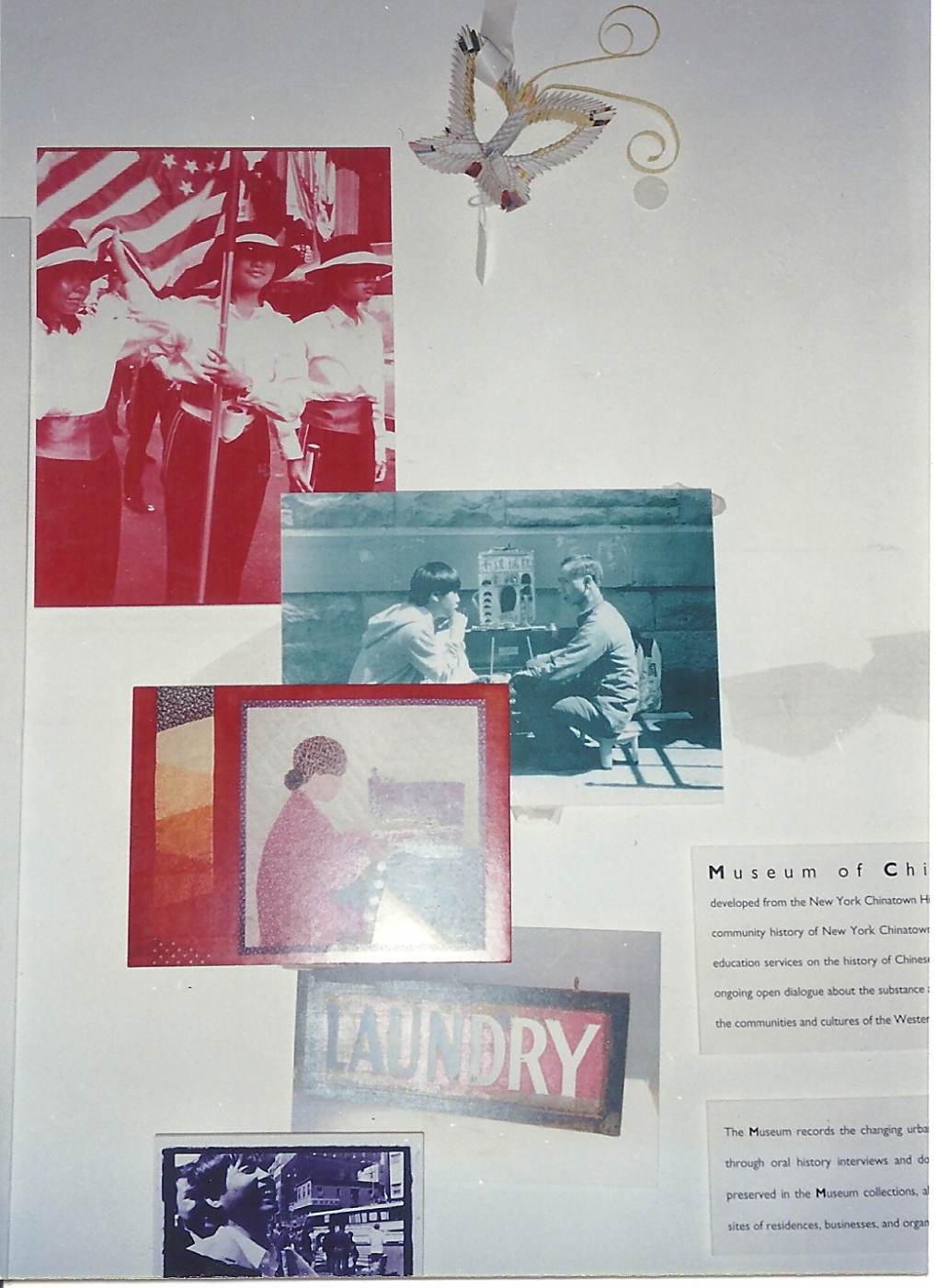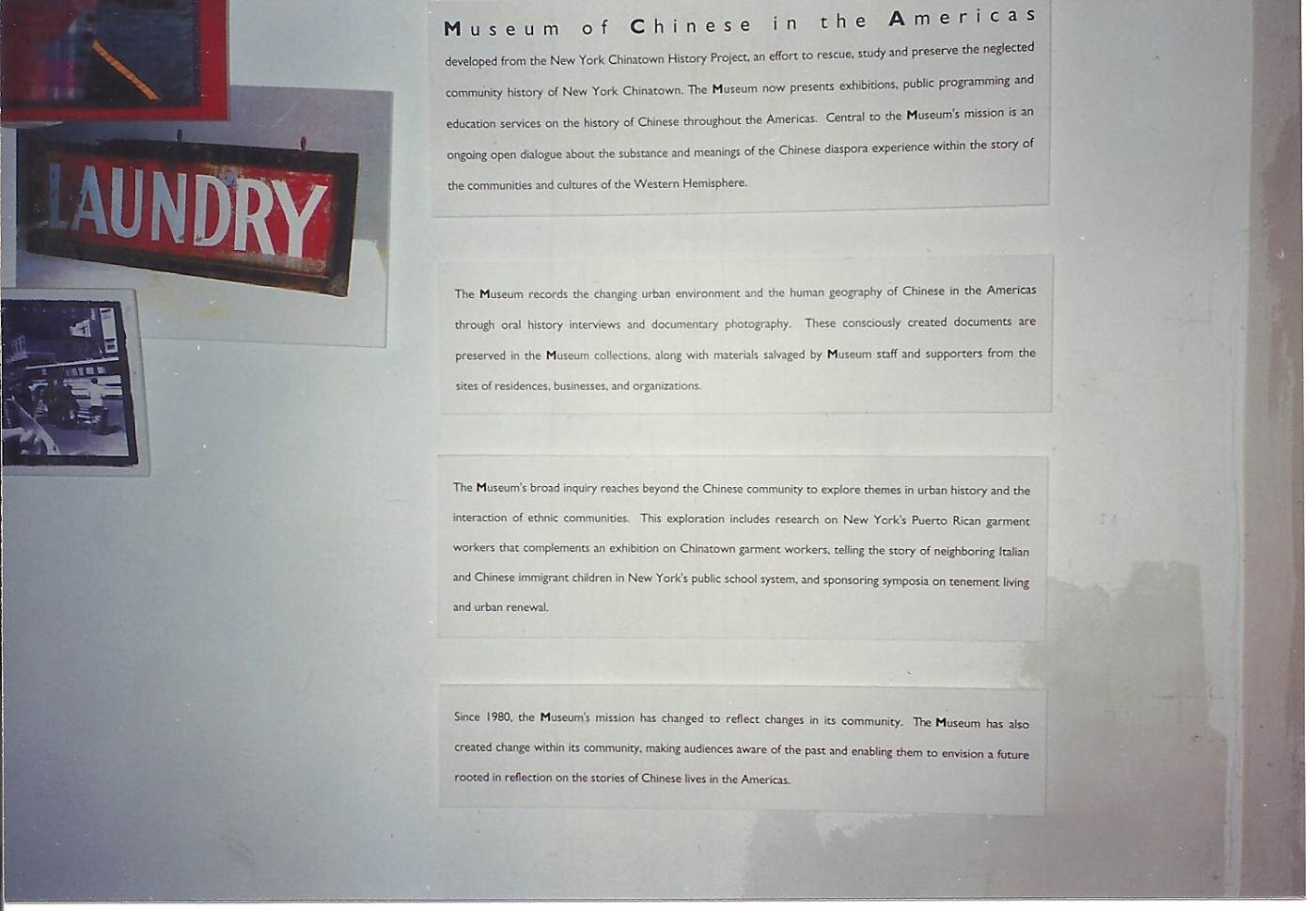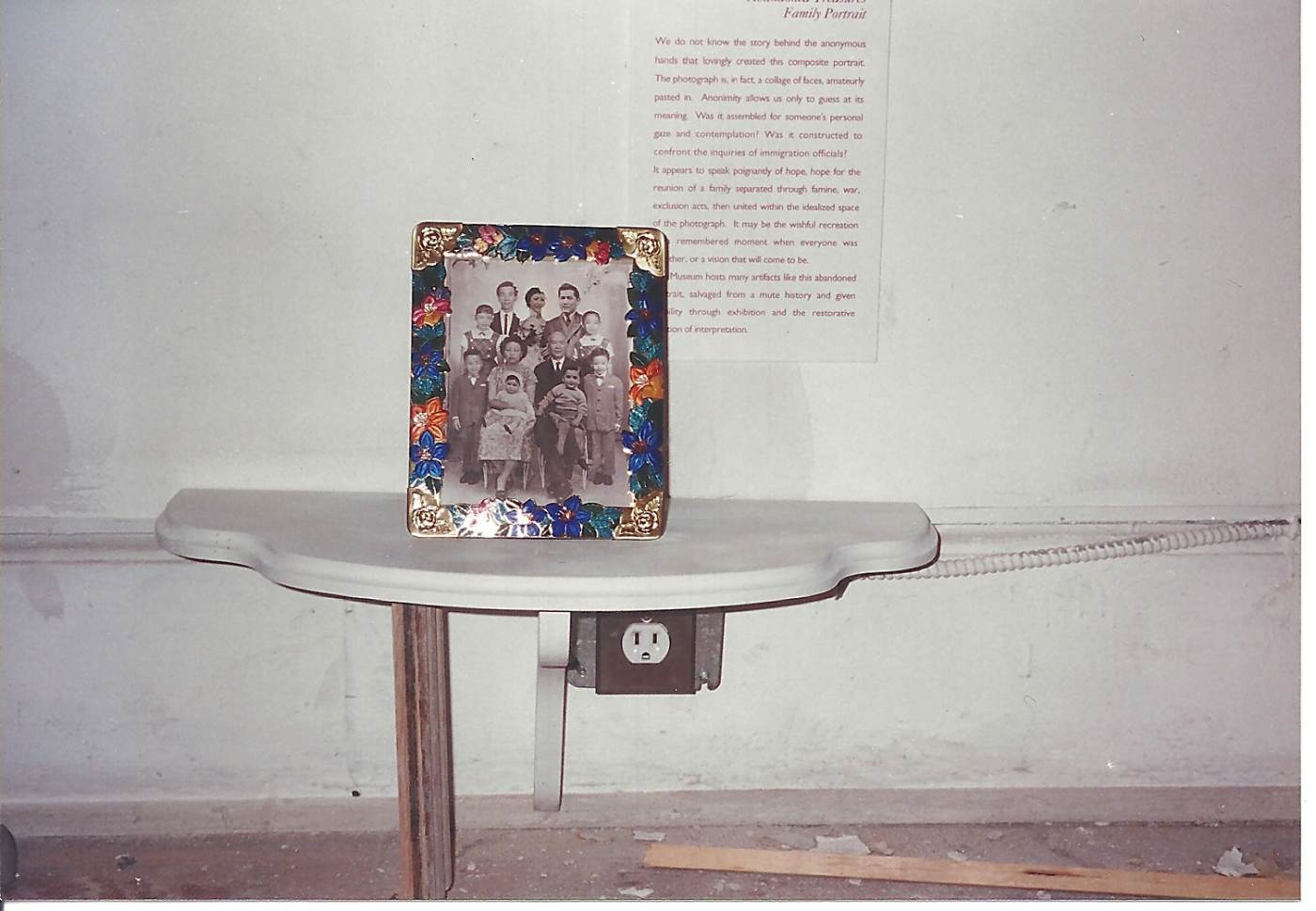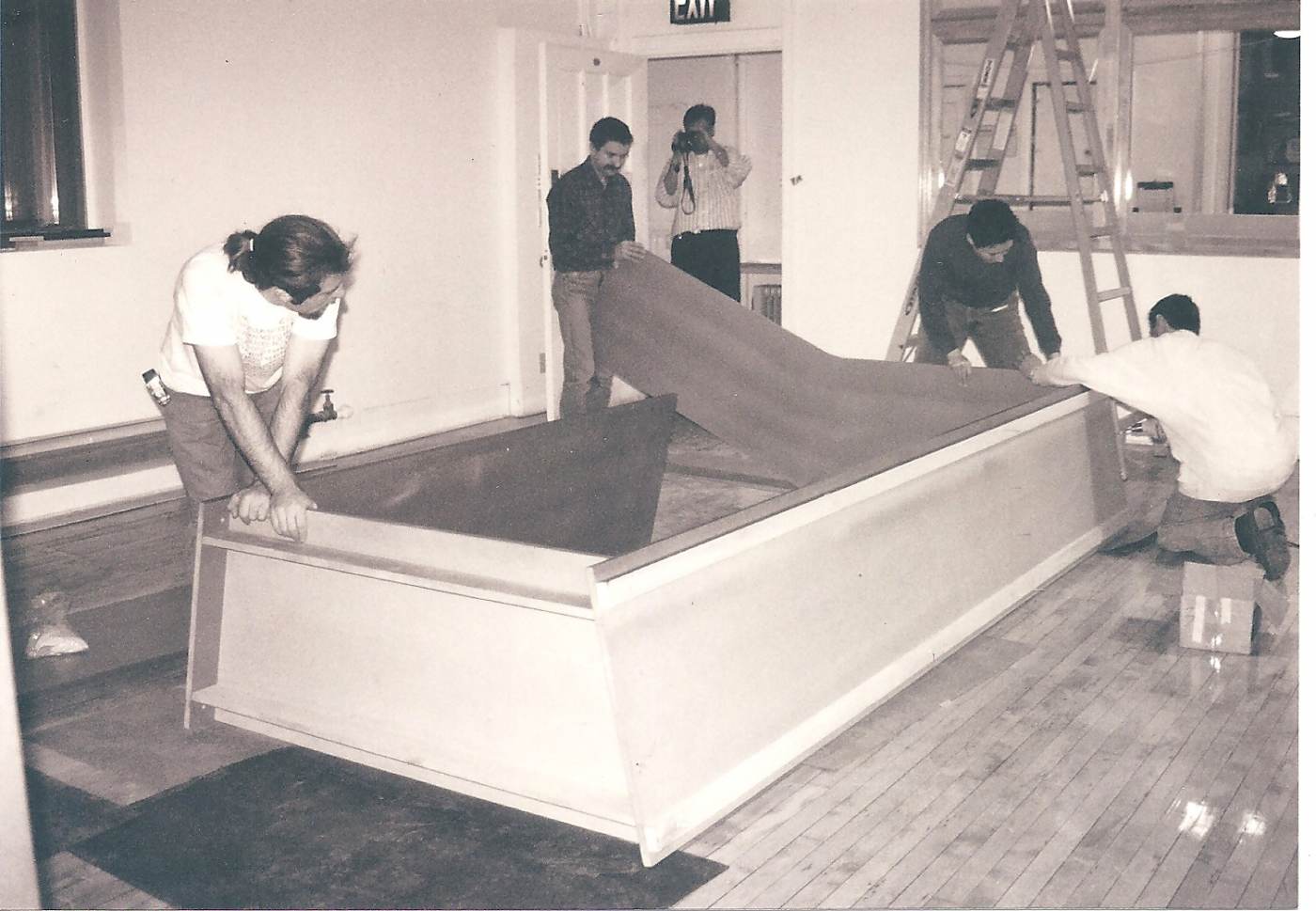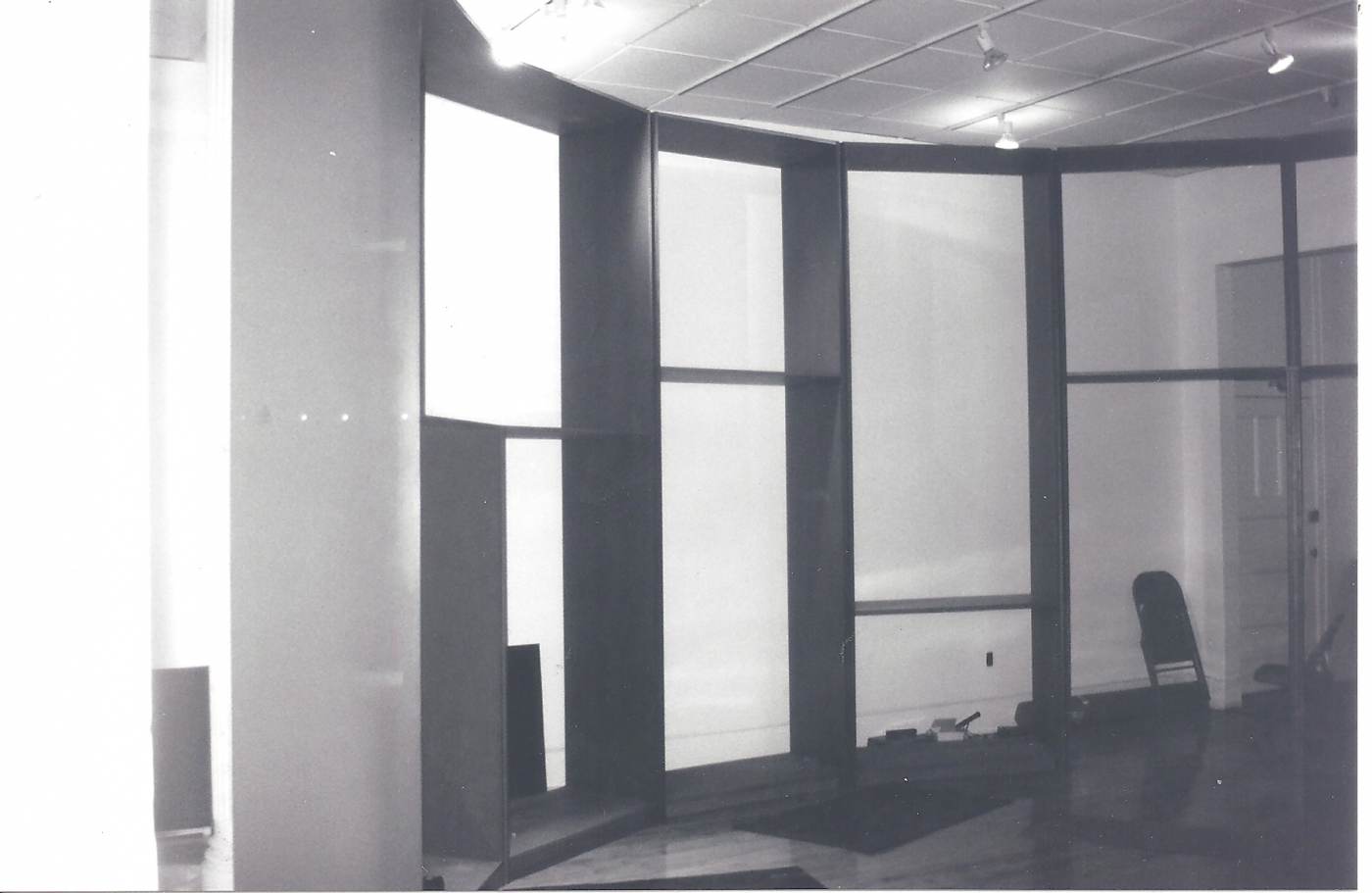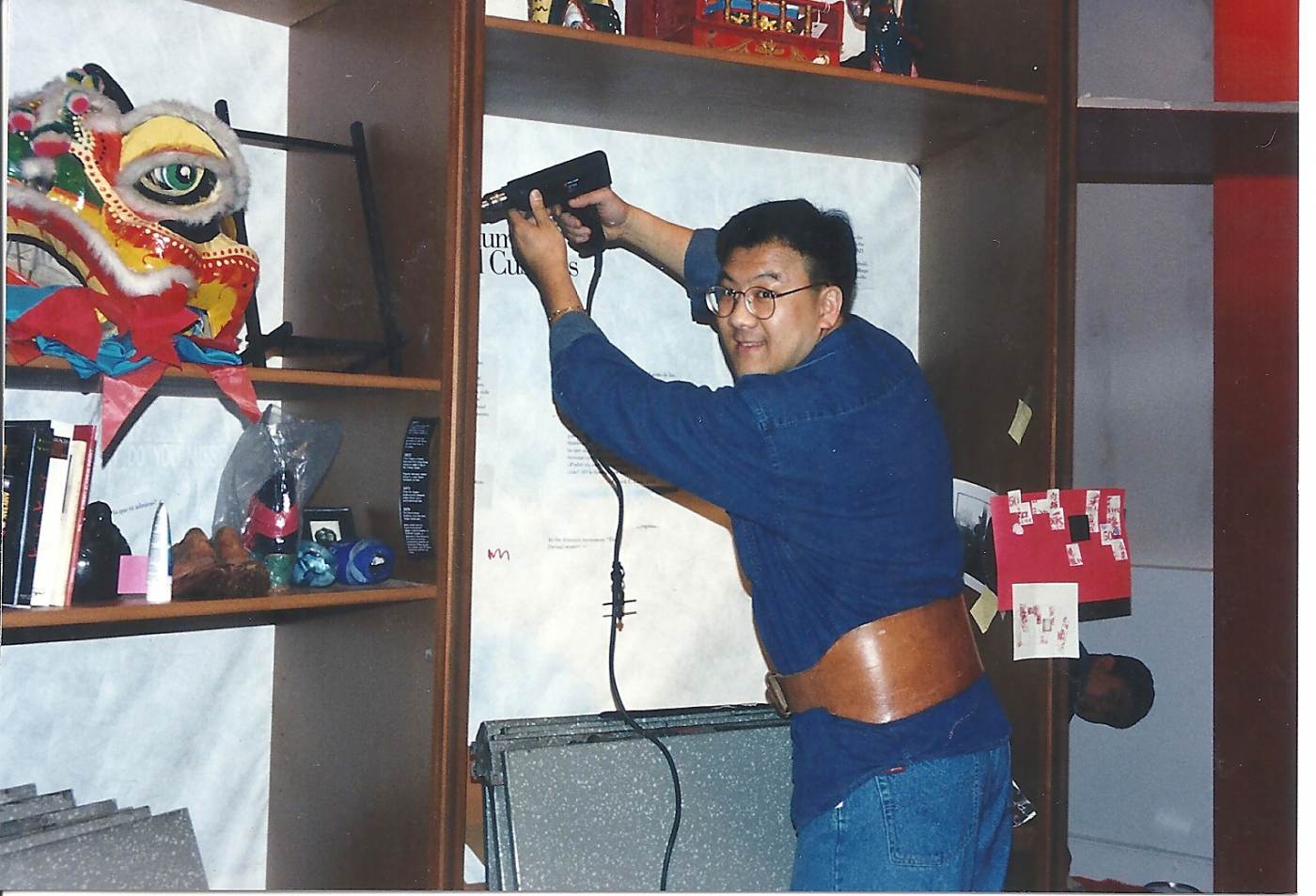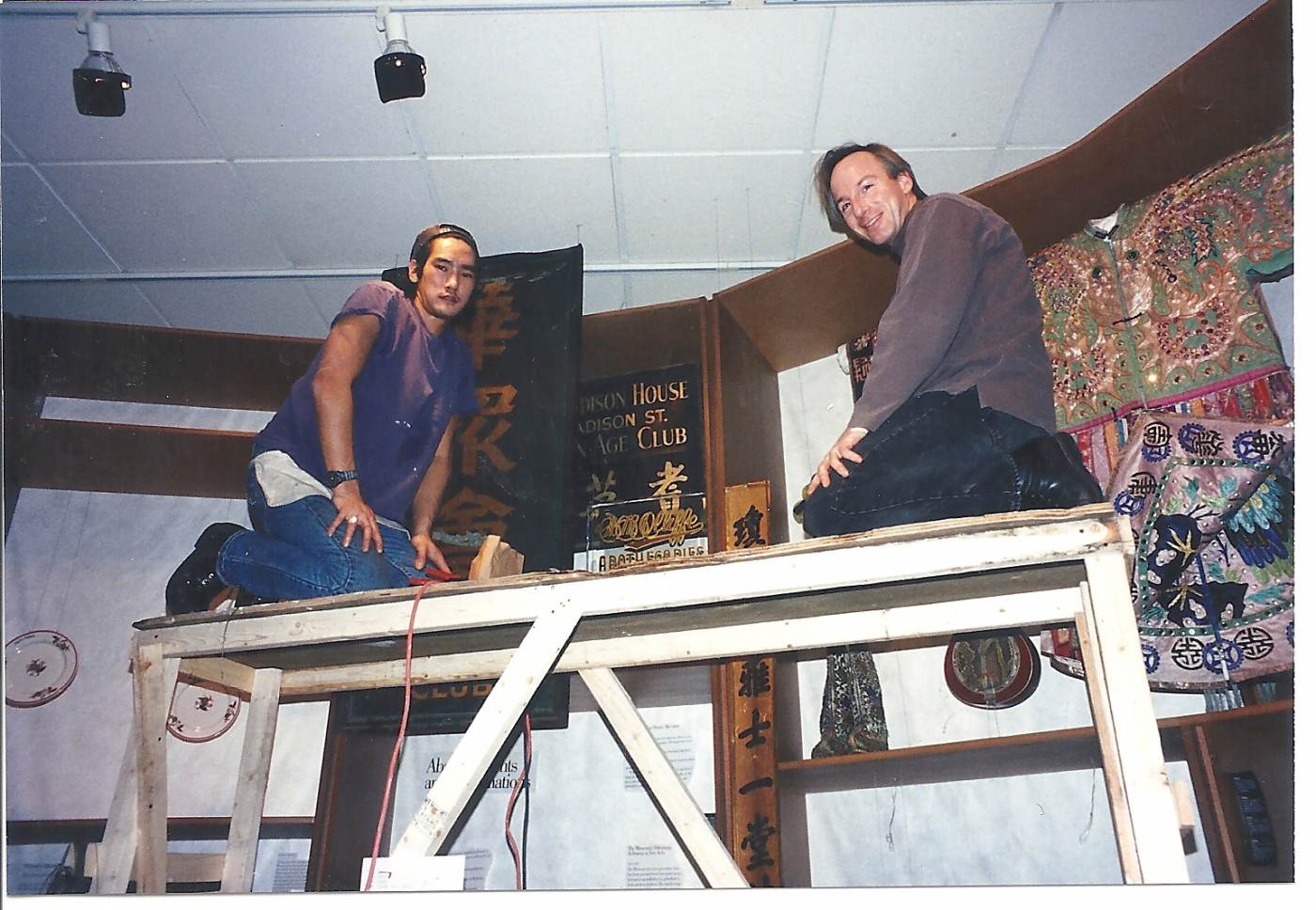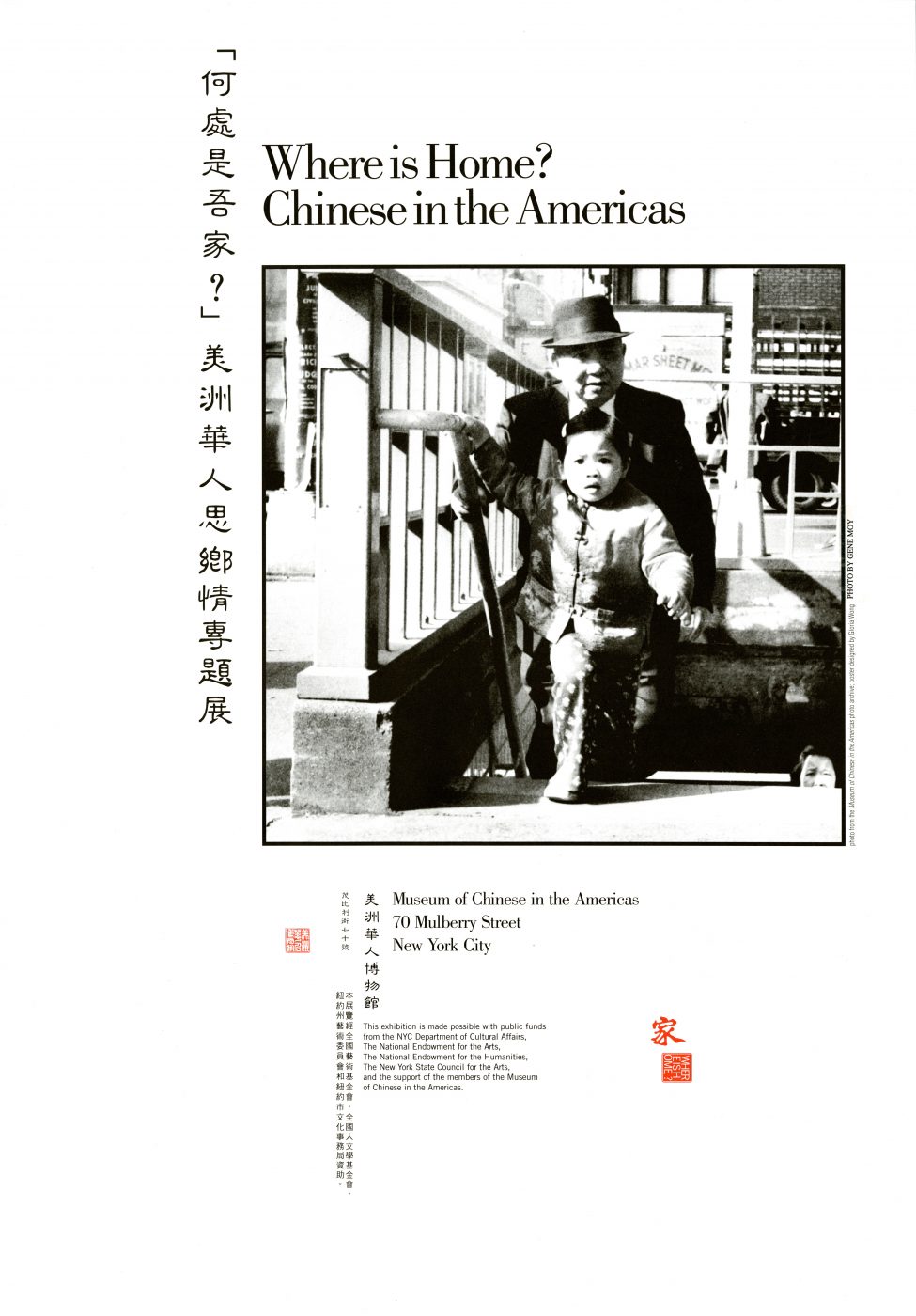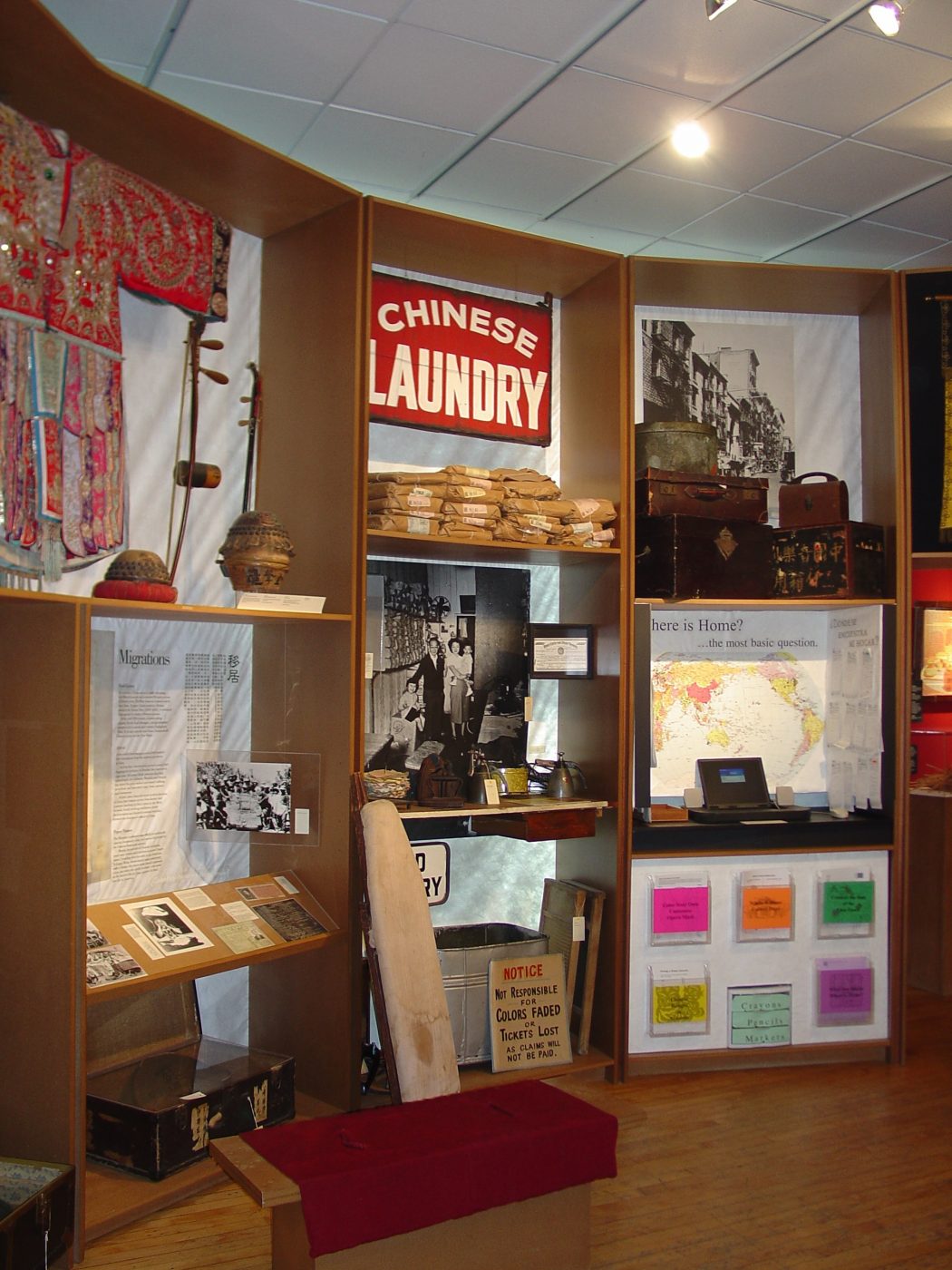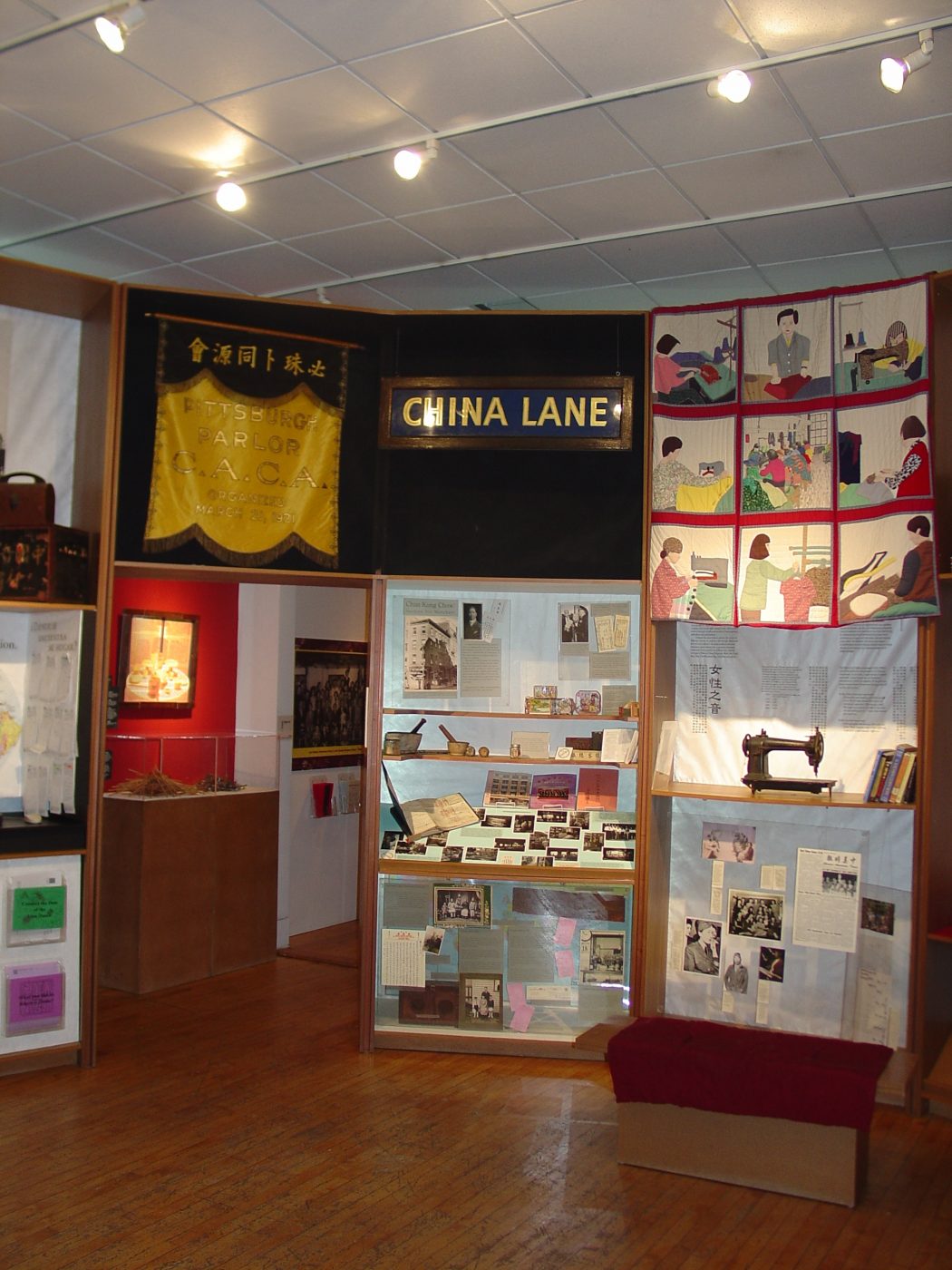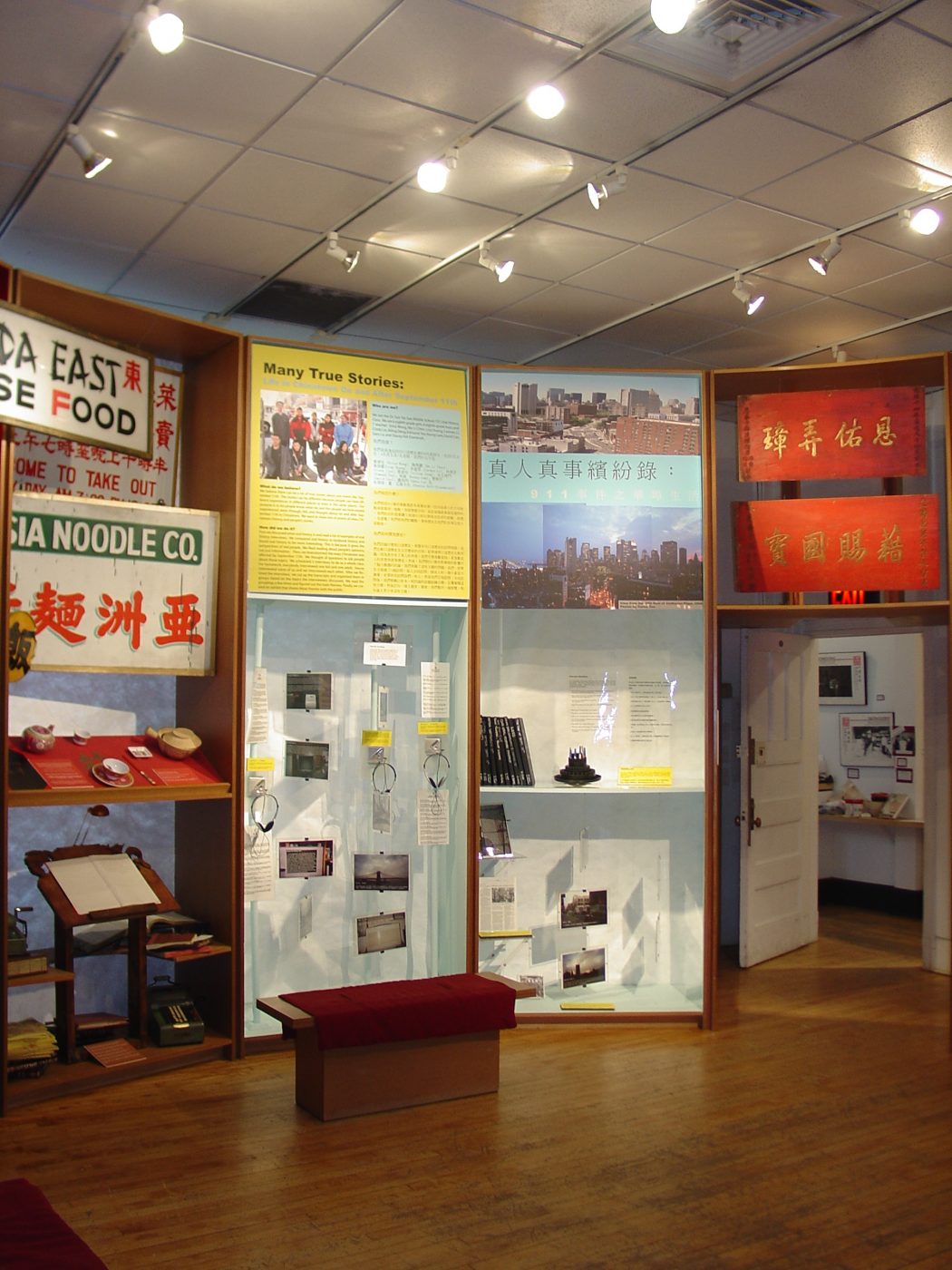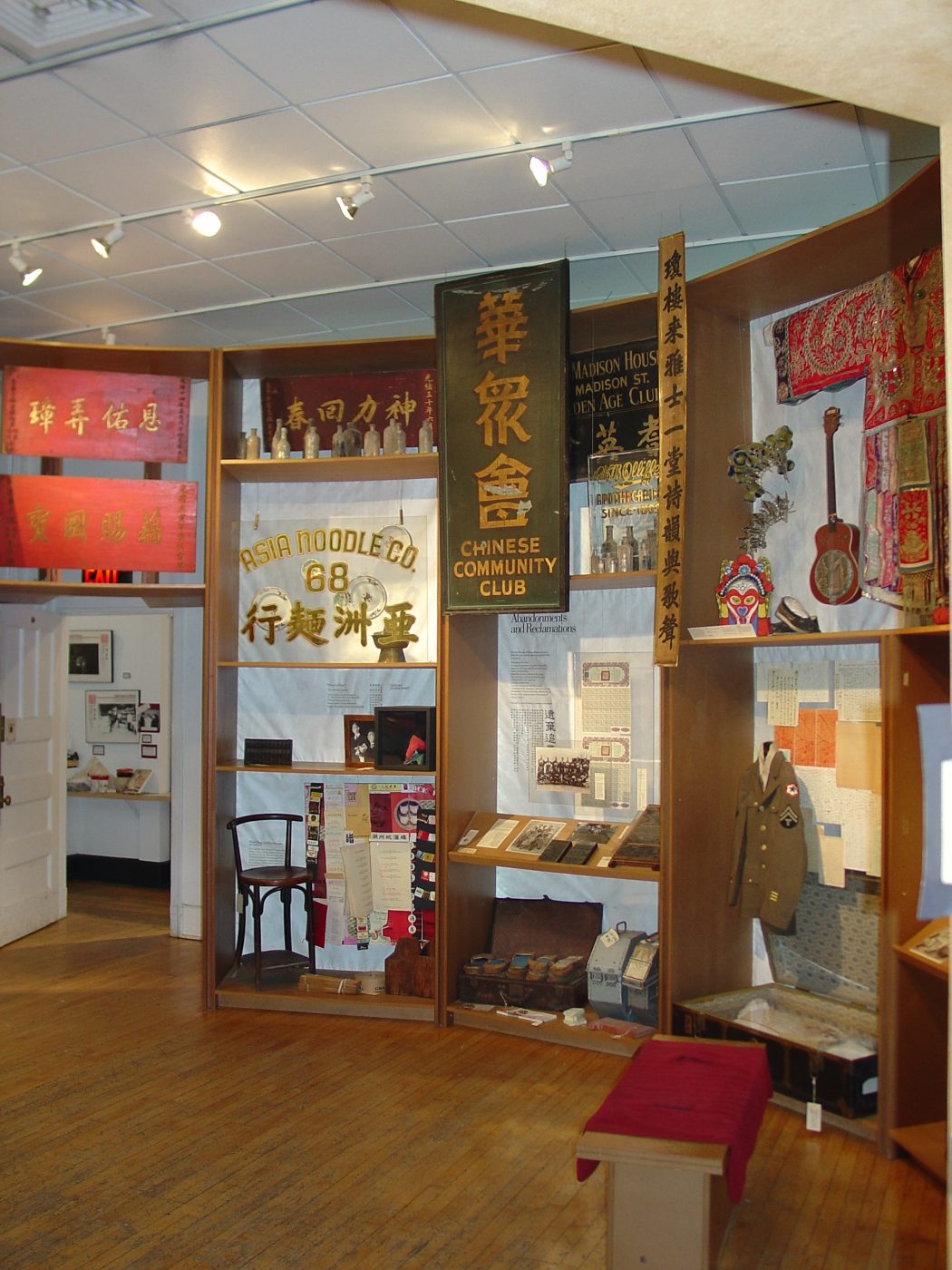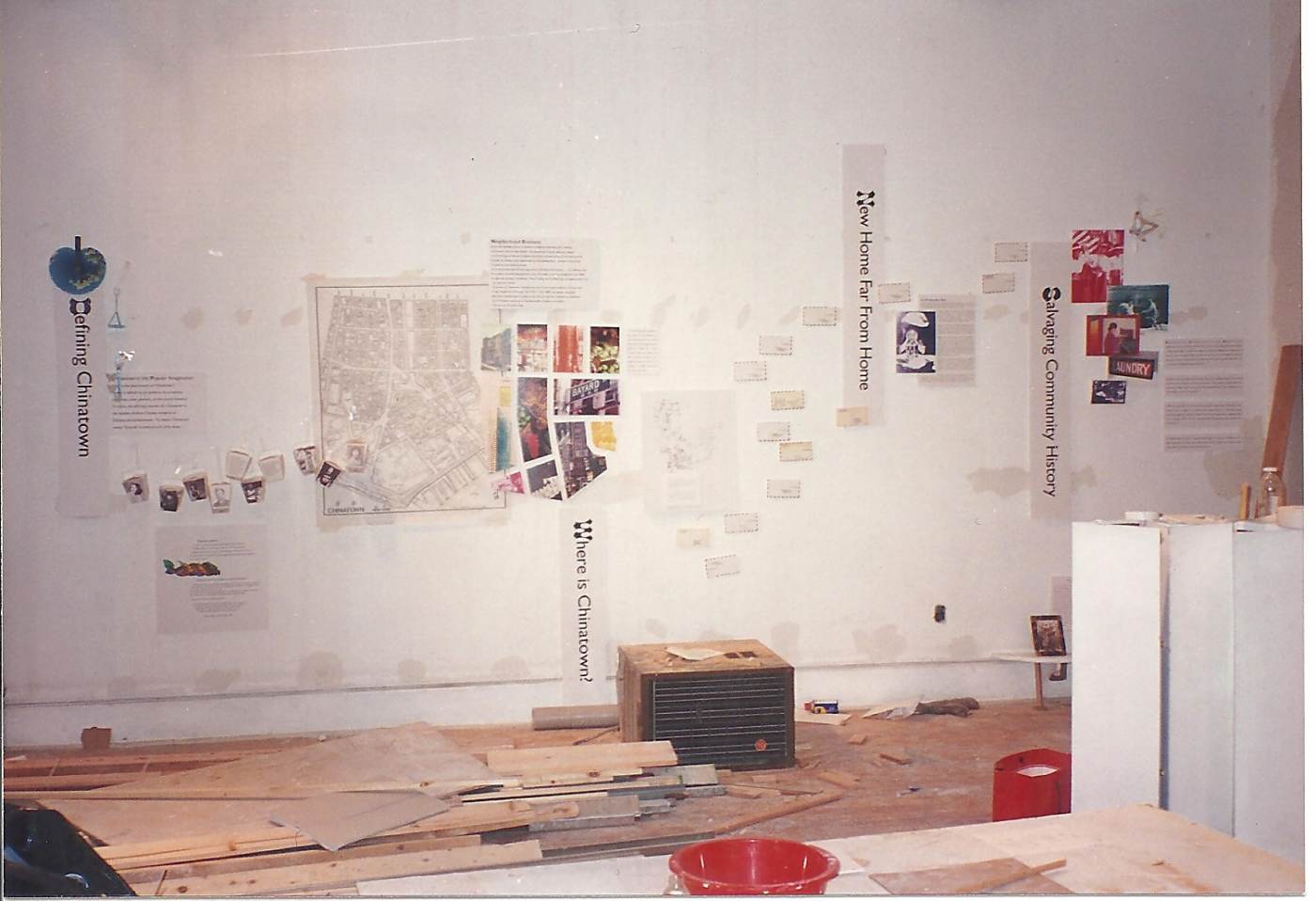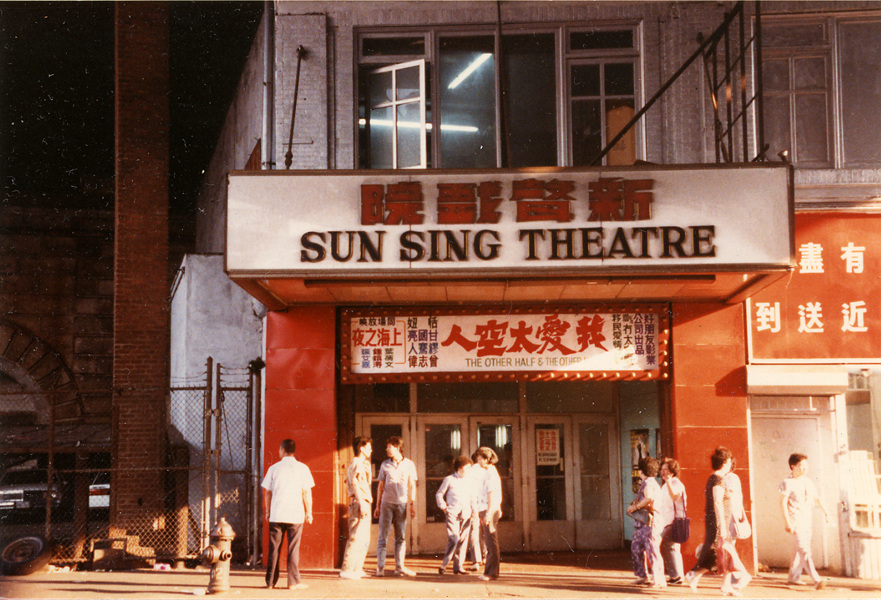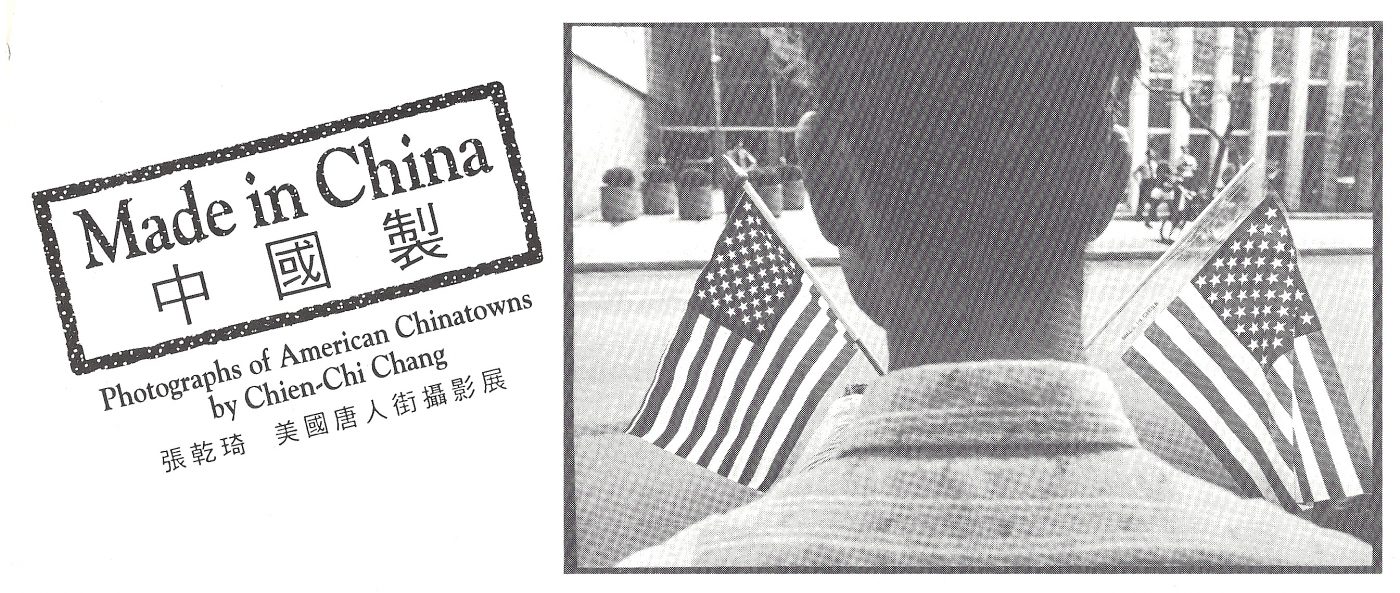1995 would see the museum take its second name change. The previously renamed Chinatown History Museum would become the Museum of Chinese in the Americas (MoCA). This name change would reflect the museum’s new direction. As the study of the Chinese diaspora grew, the museum saw a need to grow as well and expanded its collection and education efforts beyond the borders of Chinatown. That same year, the museum would work with the Triennale Di Milano in Italy to exhibit a show entitled China/town: Naming Ethnic Spaces. The exhibition team also began planning stages for the museum permanent exhibition Where is Home?, which would be installed a year later in 1996.
Collections馆藏Collections馆藏Collections馆藏Collections馆藏Collections馆藏Collections馆藏Collections馆藏Collections馆藏Collections馆藏Collections馆藏Collections馆藏Collections馆藏Collections馆藏Collections馆藏Collections馆藏Collections馆藏Collections馆藏Collections馆藏Collections馆藏Collections馆藏Collections馆藏Collections馆藏Collections馆藏Collections馆藏Collections馆藏Collections馆藏Collections馆藏Collections馆藏Collections馆藏Collections馆藏Collections馆藏Collections馆藏Collections馆藏Collections馆藏Collections馆藏Collections馆藏Collections馆藏Collections馆藏Collections馆藏Collections馆藏Collections馆藏Collections馆藏Collections馆藏Collections馆藏Collections馆藏Collections馆藏Collections馆藏Collections馆藏Collections馆藏Collections馆藏Collections馆藏Collections馆藏Collections馆藏Collections馆藏Collections馆藏Collections馆藏Collections馆藏Collections馆藏Collections馆藏Collections馆藏Collections馆藏Collections馆藏Collections馆藏Collections馆藏
Museum of Chinese in Americas (MoCA), 1995
